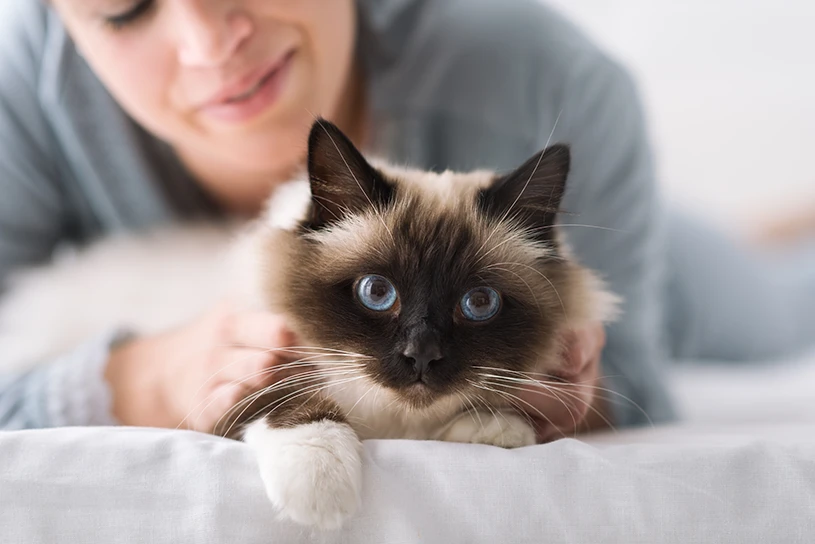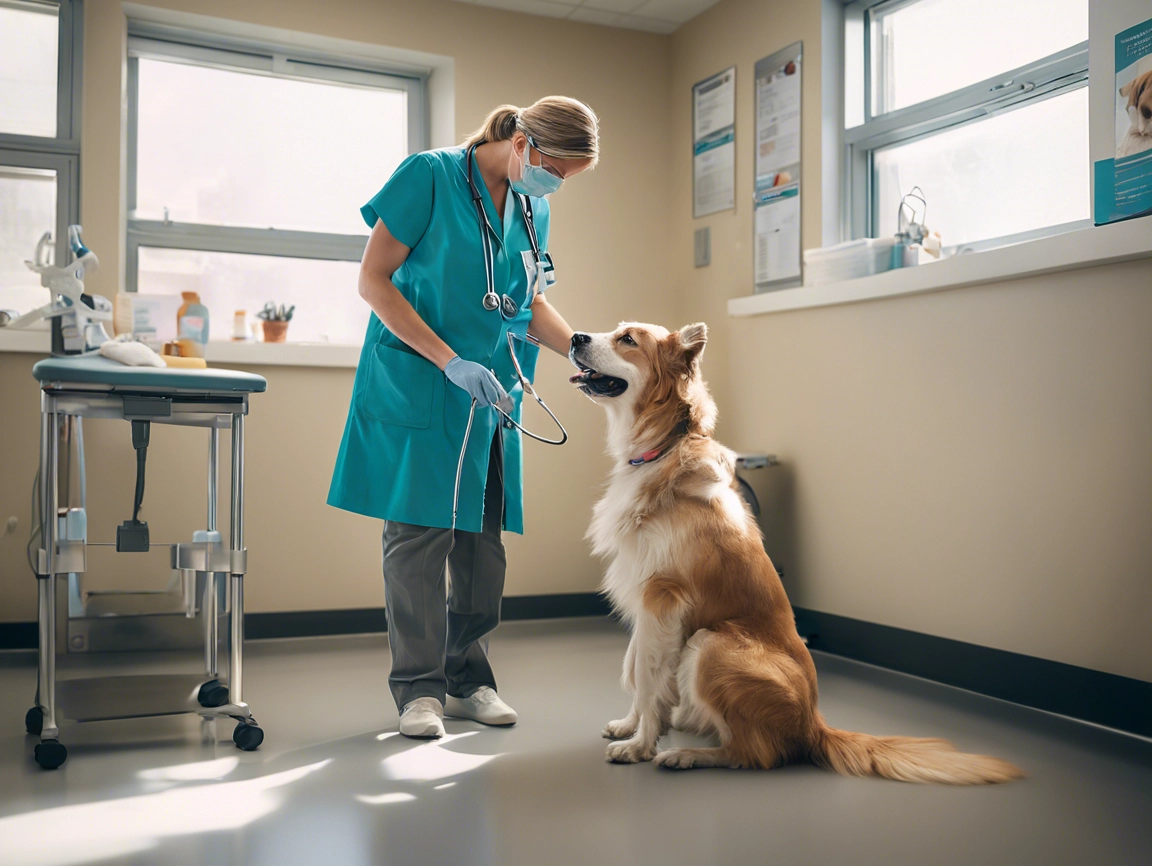Cats are often known for their independent and resilient nature, which can sometimes mask their vulnerabilities. However, emergency situations can happen, and knowing how to respond effectively can make all the difference. At Central Orange County Emergency Animal Hospital, we understand how critical it is for cat parents to recognize and act quickly during emergencies. This guide will walk you through the most common cat emergencies, how to recognize them, and what steps to take to ensure your cat receives the care they need.
Why Cat Emergencies Can Be Life-Threatening
Cats instinctively hide their pain or discomfort, a survival trait inherited from their wild ancestors. While this makes them seem tough, it also means that emergencies often go unnoticed until the situation becomes dire. Even minor issues, like vomiting or difficulty breathing, can escalate rapidly. Recognizing signs of distress and seeking help from an emergency veterinarian for cats can significantly improve your pet’s chances of recovery.
Common Cat Emergencies in Newport Beach
Emergencies come in many forms. Here are some of the most common situations you might face as a pet owner that require immediate attention:
Difficulty Breathing
Breathing problems can be life-threatening and are often caused by conditions such as asthma, heart disease, or foreign objects lodged in the airway. Look for rapid or open-mouth breathing and take your cat to the vet immediately.
Severe Bleeding or Trauma
Deep cuts, puncture wounds, or accidents such as falls or car strikes can lead to significant blood loss and shock. Seek emergency care immediately to stabilize your cat.
Ingesting Toxic Substances
Cats are sensitive to many common substances, including lilies, antifreeze, and certain human medications. If ingestion is suspected, contact a vet or pet poison control immediately.
Seizures
Seizures can indicate a neurological issue or toxin exposure. Even if the seizure is brief, it warrants immediate evaluation at a veterinary hospital.
Heatstroke
Heatstroke is rare but can occur if your cat is exposed to high temperatures for too long. Symptoms include panting, lethargy, and vomiting. Take action quickly to cool your cat down and get them to the vet.
Recognizing Signs of a Cat Emergency
Understanding your cat’s normal behavior is essential for identifying when something is wrong in order to seek medical attention.
Symptoms to Watch For in Pet Emergencies
- Behavioral Changes: Uncharacteristic hiding, aggression, or lethargy could signal pain or illness.
- Vomiting and Diarrhea: While occasional vomiting isn’t uncommon, repeated or bloody vomit or diarrhea is a sign of serious gastrointestinal distress.
- Breathing Issues: Open-mouth breathing, rapid panting, or wheezing requires immediate attention.
- Mobility Issues: Difficulty walking, standing, or signs of paralysis could indicate trauma or neurological issues.
- Drooling and Bad Breath: Excessive drooling and foul-smelling breath can point to dental issues, poisoning, or digestive problems.
When to Act Immediately
Certain signs demand urgent veterinary attention and medical care at an emergency clinic:
- Bleeding that doesn’t stop with pressure
- Breathing difficulties
- Blood clots
- Broken bones
- Cardiac arrest
- Spinal injury
- Sudden collapse or unconsciousness
- Swollen or distended abdomen
- Seizures lasting longer than a few minutes
- Pale or blue gums (indicating poor oxygenation)
Immediate Actions to Take in a Cat Emergency
When an emergency strikes, staying calm and acting swiftly can make a world of difference.
What to Do If You Suspect a Veterinary Emergency
- Assess the Situation: Look for visible signs of distress, such as labored breathing or bleeding.
- Call Ahead: Contact your emergency cat veterinarian to explain the situation and let them know you’re on your way.
- Prepare for Transport: Use a secure carrier and minimize movement to keep your cat as calm as possible. Read our blog post How To Transport A Cat By Car Long Distance for more information.
Basic First Aid Tips
- Stopping Bleeding: Use clean gauze or cloth to apply pressure to the wound until you reach the vet.
- Dealing with Poisoning: Contact a vet or poison control before attempting any first aid, such as inducing vomiting.
- Cooling Down a Cat: For heatstroke, use a damp towel to gently cool your cat and transport them to the vet.
Preparing for Emergencies
Being prepared for veterinary emergencies can make a significant difference in how quickly and effectively you respond.
Creating an Emergency Kit for Cats
An emergency kit should include:
- A pet first aid manual
- Sterile gauze, adhesive tape, and antiseptic wipes
- Tweezers for removing splinters or ticks
- A digital thermometer
- Your cat’s medical records and emergency contact numbers
- Knowing Your Emergency Vet
It’s crucial to have an established relationship with a trusted emergency vet, like Central Orange County Emergency Animal Hospital. Save their number in your phone and know their location for quick access during a crisis.
The Importance of Regular Check-Ups
One of the best ways to minimize emergencies is through preventive care. Routine veterinary check-ups can help catch potential health issues early, ensuring your cat stays healthy and happy. If you don’t already have a vet, our team at Central Orange County Emergency Animal Hospital is here to provide compassionate care tailored to your cat’s needs.
Addressing Critical Cat Emergencies: A Closer Look
Cat emergencies often require swift action to ensure your feline friend’s safety and health. Understanding the severity of common emergencies and knowing when to act can make all the difference.
Recognizing Life-Threatening Emergencies
Certain symptoms should never be ignored, as they may indicate a life-threatening, true emergency:
- Difficulty Breathing: Rapid breathing, continuous coughing, or signs of respiratory distress can signal a medical emergency.
- Severe Pain: If your cat displays obvious signs of pain, such as excessive vocalization or reluctance to move, immediate attention is needed.
- Internal Bleeding: Symptoms like pale gums, weakness, or loss of consciousness could suggest internal bleeding.
- Eye Injury: Trauma to the eye, swelling, or severe discharge requires immediate veterinary attention to prevent permanent damage.
- Traumatic Injuries: Traumatic injuries in cats refer to physical harm caused by accidents, such as falls, car collisions, bites, or blunt force trauma.
The Role of Emergency Animal Hospitals
Emergency veterinary clinics and hospitals specialize in managing critical cases, providing veterinary attention for a wide range of conditions. Their expertise covers everything from medical emergencies to less apparent but dangerous issues like internal injuries.
Veterinary Advice for Preventative Measures
To prevent future emergencies:
- Schedule regular visits with your regular veterinarian
- Be vigilant about potential hazards, such as human medications or toxic substances your cat could accidentally ingest.
By recognizing symptoms and acting promptly, you can help your cat recover faster while minimizing complications. Remember, preparation and awareness are key to managing common emergencies in cats.
Being Ready to Act in Cat Emergencies
When it comes to cat emergencies, every second counts. Understanding the signs, taking immediate action, and having a plan in place can make all the difference for your beloved pet. Remember, emergencies aren’t always preventable, but being prepared can help you stay calm and respond effectively when the unexpected happens.
Whether you need guidance on emergency preparedness or immediate assistance, Central Orange County Emergency Animal Hospital is here for you. Our team specializes in providing expert care for cat emergencies in Orange County and Newport Beach, ensuring your feline companion receives the best care possible.
Need help now? Visit our Cat Emergency Services Page or contact us directly to speak with a veterinarian today. For more tips on pet health and safety, check out our blog, What Are the Benefits of Having Pet Insurance?
For additional resources on caring for your cat, visit the AAHA-AVMA feline preventive healthcare guidelines page.




 in California by
in California by